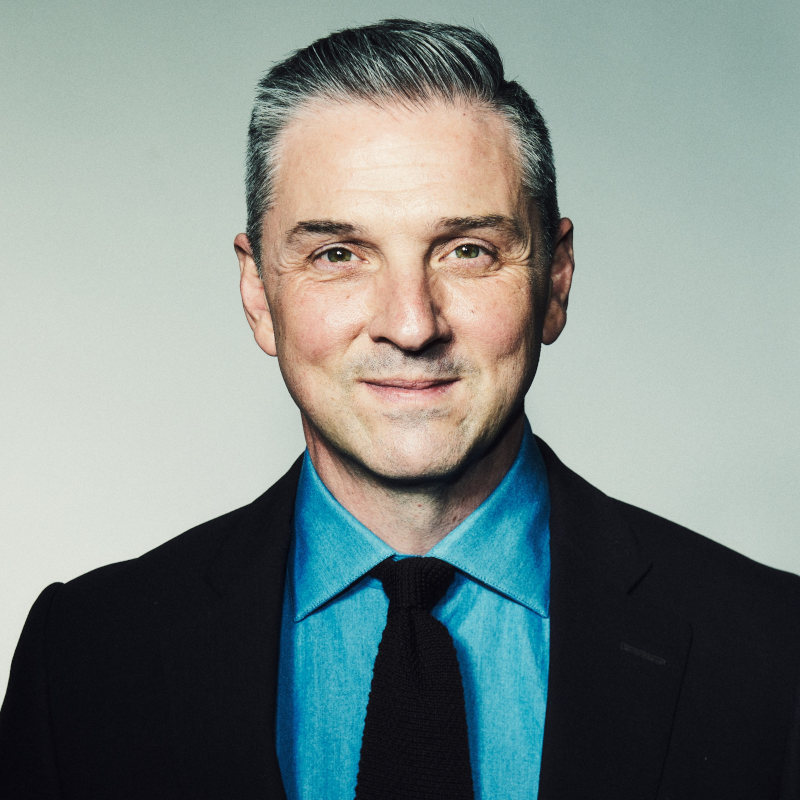The Federal Drug Agency’s 1997 design control guidance – built on a traditional waterfall framework – is increasingly misaligned with the dynamic landscape of medical device development, argues Dr Stuart Grant of Archetype Medtech, a med-tech innovation management consultancy. He says that the rise of digital health technologies and ‘Software as a Medical Device’ have changed the paradigm and design controls now need to accommodate rapid iteration cycles, continuous software updates and cybersecurity considerations.
AI and machine-learning demand a more agile response
FDA approvals reached an all-time high in 2023, according to McKinsey*, with more approvals for AI and machine-learning-enabled medtech products than ever before. Digital innovations such as neuromodulation and robotics also showed a steady increase.
In addition to these technological advances, the sector has also had to contend with a raft of regulatory, industrial and methodological changes, all demanding a more agile response.
However, the FDA’s 1997 design control guidance is built on a traditional waterfall framework, a development framework that progresses linearly through specified stages, and has been unaltered in 25 years.
And its age is beginning to show.

Consider the changes since the FDA design control guidance was published
1. Dynamic changes to regulations
The FDA has made incremental changes to its regulations:
- Integration with other standards – The FDA’s Quality System Regulation (QSR) 21 CFR Part 820 outlines the current good manufacturing practice (CGMP) guidelines for developing medical devices. Although the fundamental framework has remained robust, the FDA has increasingly emphasised the integration of risk management (ISO 14971), human factors engineering (ISO 62366), and other standards into the design control process; creating more complexity.
- International alignment – In 2021, the FDA aligned the QSR with ISO 13485:2016, harmonising these Quality Management System Regulation (QMSR) requirements, and streamlining compliance processes internationally.
- Need of continuous monitoring – The EU Medical Device Regulation (MDR), 2021, significantly changed the EU’s regulatory requirements, emphasising clinical evaluation, post-market surveillance and lifecycle management. As a result, design controls under the MDR now require more rigorous documentation and traceability, reflecting the need for continuous monitoring and assessment of device performance and safety.
Fitting these new, dynamic processes into a sequential ‘no-going-back’ waterfall model creates significant challenges to an innovation process that is fundamentally ‘built to learn’.
2. Introduction of digital health technologies and SaMD
The rise of digital health technologies and Software as a Medical Device (SaMD) has created challenges as design controls now need to accommodate rapid iteration cycles, continuous software updates and cybersecurity considerations.
The FDA’s specific guidance for SaMD, emphasising a total product lifecycle approach and risk-based frameworks, is a positive step forward, however it needs to be extended to encompass all types of medical devices.
3. Rise of 3D printing
Additive manufacturing (AM) is the industrial production name for 3D printing, which creates three dimensional objects by depositing materials, usually in layers. The wider use of AM for medical devices has introduced complexities in design controls related to material properties, manufacturing processes and consistency in product performance.
Regulatory bodies have issued guidance on the use of 3D printing in medical device manufacturing, highlighting the need for robust design validation and process controls.
4. Wider use of live databases
Product lifecycle management (PLM) systems can now maintain design control data in live databases, that can be updated quickly to reflect design changes and associated requirements and risks.
However, the waterfall approach uses a traditional design history file (DHF) and this makes phases difficult to manage.
Alternatives to the waterfall framework
The adoption of agile and lean methodologies in medical device development reflects a shift towards more iterative, flexible design processes. An important element of this is having accessible information which reflects the device design ‘as it is on the day’ as this can enhance responsiveness to user feedback and regulatory changes.
Additionally, the increasing emphasis on post-market surveillance and real-world evidence collection promotes iterative improvements to ensure ongoing compliance and safety, as well as feeding into future innovation.

However, the integration of agile and lean methodologies to achieve flexibility and speed requires adapting traditional design controls to ensure regulatory compliance.
Even the Stage-Gate innovation management process has been modified to reflect a more flexible, agile development process. The process now incorporates iterative cycles within the individual stages to allow continuous feedback, adaptation and faster response to changes, while maintaining structured decision points.
The imperative for change
MedTech design control has been subjected to multifaceted change over the past quarter century and this will continue unabated. Modification of the outdated framework is now essential if we are to tackle the challenges this positive change presents.
The DHF format – which essentially remains an immovable paper file, albeit in electronic format – is no longer serviceable.
Design and development documentation are not fixed at the time of launch; they are now fluid and reflect new knowledge from real-world use.
New product development (NPD) is now more dynamic, iterative and concurrent, and this fits uneasily into a phased process, as the use of advanced product development tools and practices creates tension between the expectations of QMS and documenting what really occurs in NPD.
An organic, somewhat virtual structure of data and documents in a PLM software tool is required for an environment which is in constant flux.
Call to make rigid design history files obsolete
In conclusion, with the FDA’s QMSR and ISO 13485, the industry is transforming, leaving behind outdated terminology like “DHF” and “design controls.”
As the traditional, rigid DHF becomes obsolete in the dynamic MedTech world, companies need to adapt their processes and tools, and we need an interconnected approach that embraces technological progress.
I propose that the modern design and development file requires a dynamic virtual structure within a PLM (Product Lifecycle Management) tool, centred on intended use and branching out to design and device risk requirements.
This approach offers numerous advantages. First and foremost, it establishes an unbroken chain of traceability.
Every decision, every design iteration, and every risk assessment is directly linked back to the core purpose of the device. This transparency is critical for regulatory compliance, but it also streamlines the design process by providing a clear context for every activity.
It also ensures every aspect of the device’s development is guided by its ultimate purpose – improving patient outcomes.
In essence, it’s time for a new approach that brings regulatory frameworks into the 21st century.
*https://www.mckinsey.com/industries/life-sciences/our-insights/what-to-expect-from-medtech-in-2024
About Dr Stuart Grant, Archetype Medtech’s founder and Principal Consultant
Dr Stuart Grant has a PhD in MedTech Innovation, an MSc in Project Management and a BSc in Product Design. He is a Chartered Engineer of the Institute of Mechanical Engineers.
In his 25-year career with Johnson & Johnson MedTech, Dr Grant led Depuy Synthes Companies’ response to the new European medical device regulation and gained approval for every legacy medical device product in record time.
Find out more about Archetype Medtech at archetype-medtech.com

